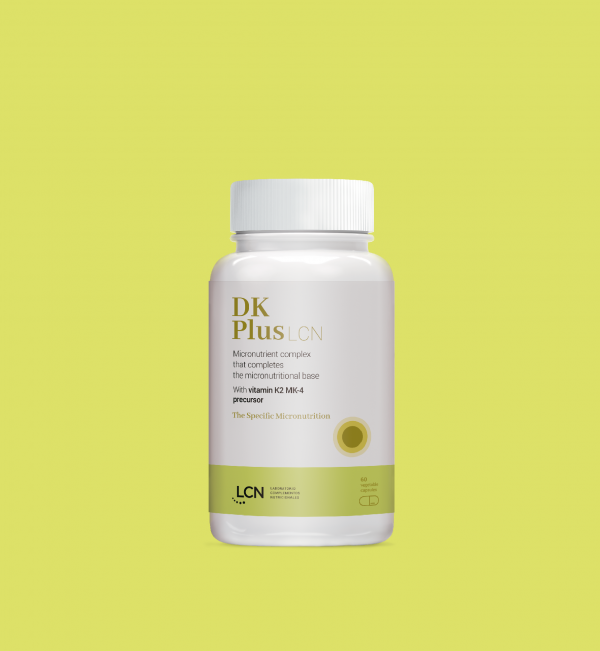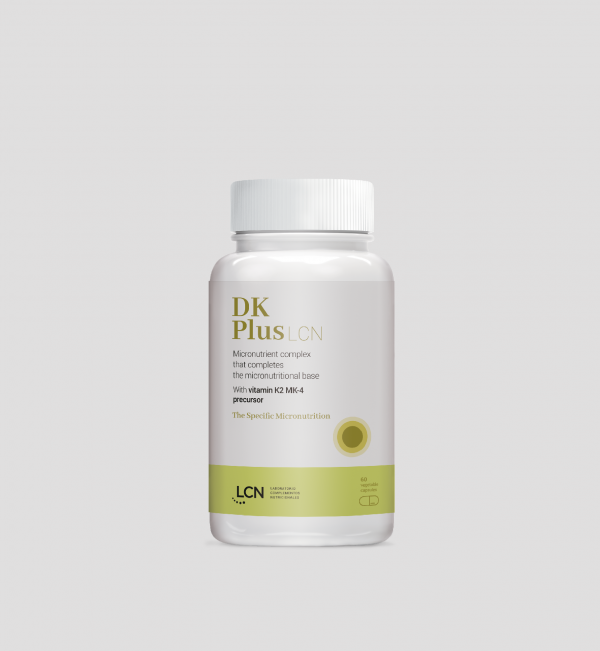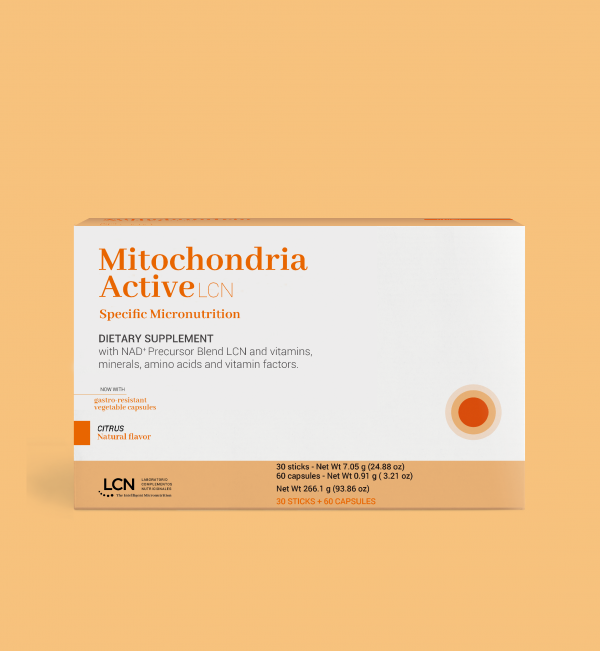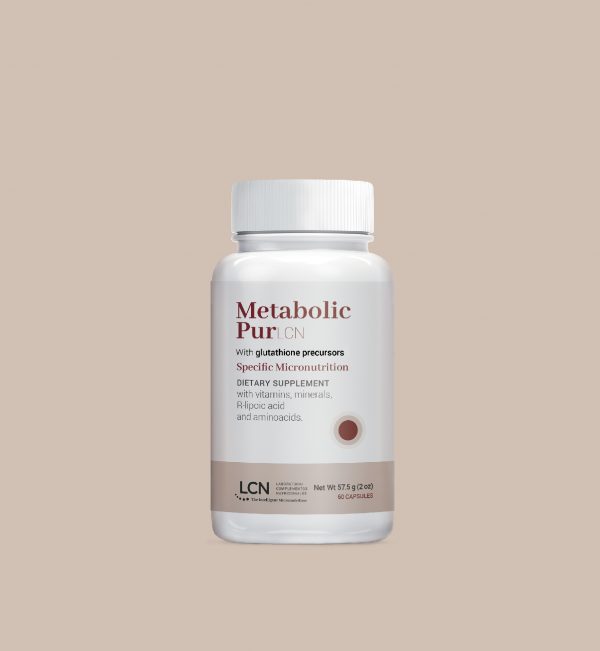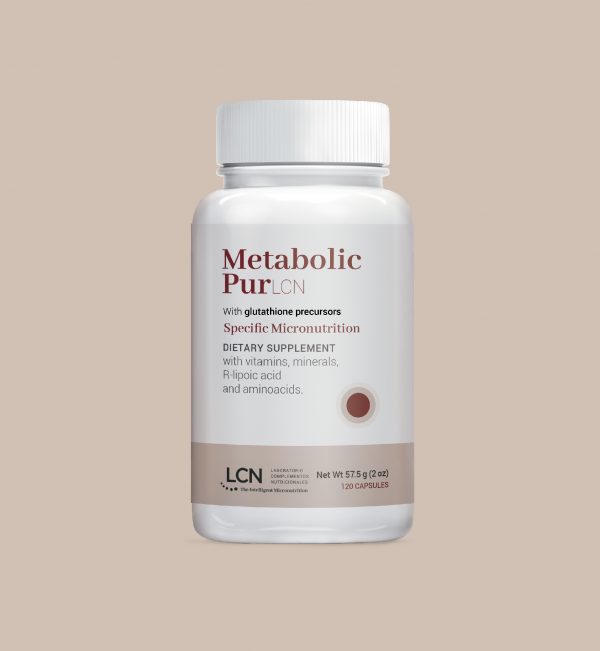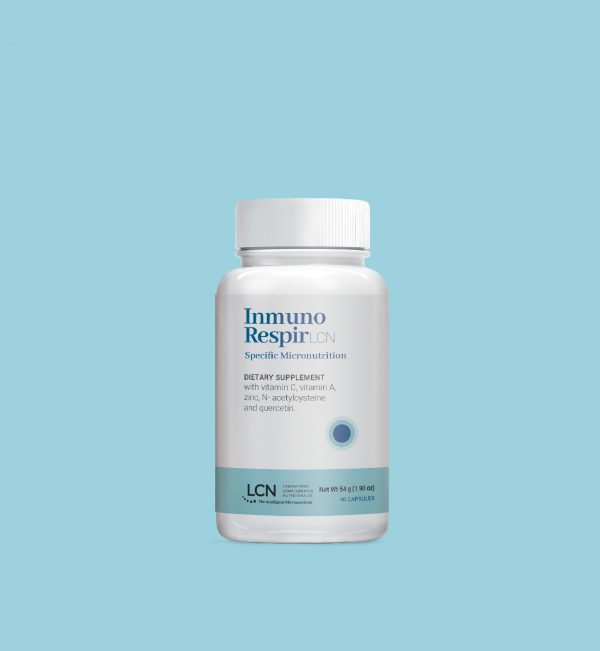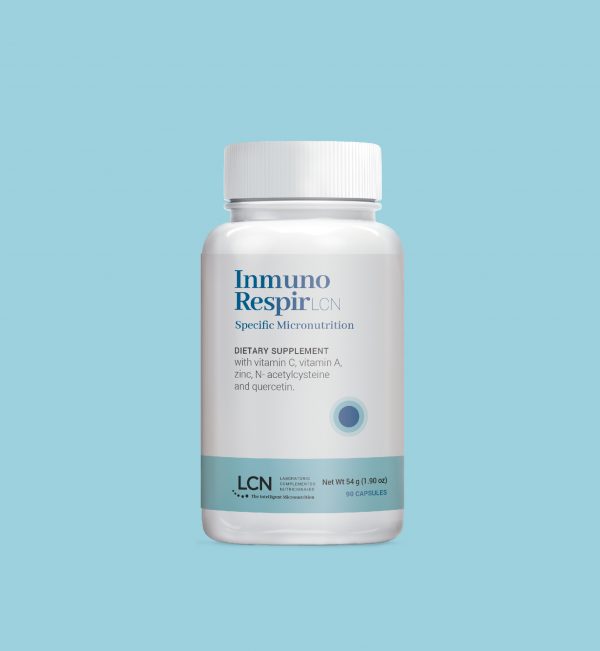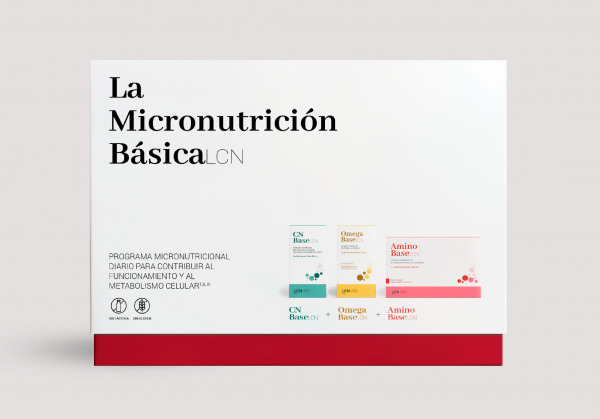Iron
What is it?
Iron is an essential mineral and a specific micronutrient
Most of the iron in the body is found as part of hemoglobin, while the rest is found in enzymatic structures. It is necessary for oxygen transport and ATP production. It contributes to normal cognitive functioning.
Iron supplementation
There are different ways of supplementing with iron: inorganic salts, such as ferrous phosphate, or organic iron salts, such as iron bisglycinate.
In supplements, it is preferable to use iron in organic form and the heme form (Fe2+) for better absorption with fewer gastric effects.
Foods with iron
Foods with and without iron
There are two types of iron: heme iron (Fe 2+), which comes from the hemoglobin and myoglobin of animals, and non-heme iron (Fe 3+), which comes from plants.
Heme iron (from animals) is well absorbed, but non-heme iron (plant-based) depends on the associated foods: foods with vitamin C, meat, and fish improve its absorption, while high-fiber foods, legumes, tofu, coffee, and tea inhibit this. Calcium supplements reduce iron absorption.
The foods that contain the most iron are the following:
- Meat, organ meats, and processed meat products.
- Whole eggs and yolks.
- Oily fish, mainly, anchovies and sardines.
- Seafood, all types. The following are rich in iron: clams, canned cockles, periwinkles, mussels, and oysters.
- Legumes..
Tofu. - Chard and spinach.
- Nuts (all types). Sesame seeds.
- Nuts, all types.
- Quinoa.
- Whole oats.
- Breakfast cereals: granola and wholegrain cereals.
Foods that contain iron in moderate amounts include the following:
- Vegetables. Olives. Avocado. Wild mushrooms.
- Poultry.
- Rice.
- White bread, and wholegrain more.
- White fish.
- Dark chocolate.
The most bioavailable iron is found in foods of animal origin.



